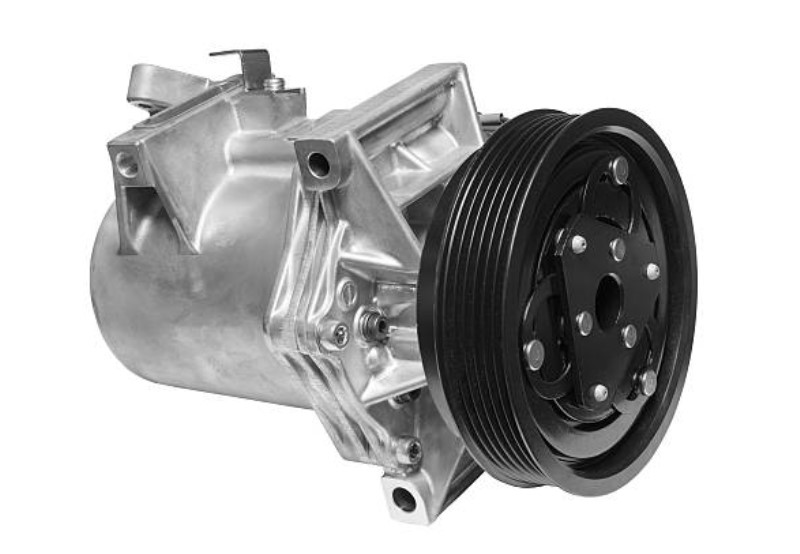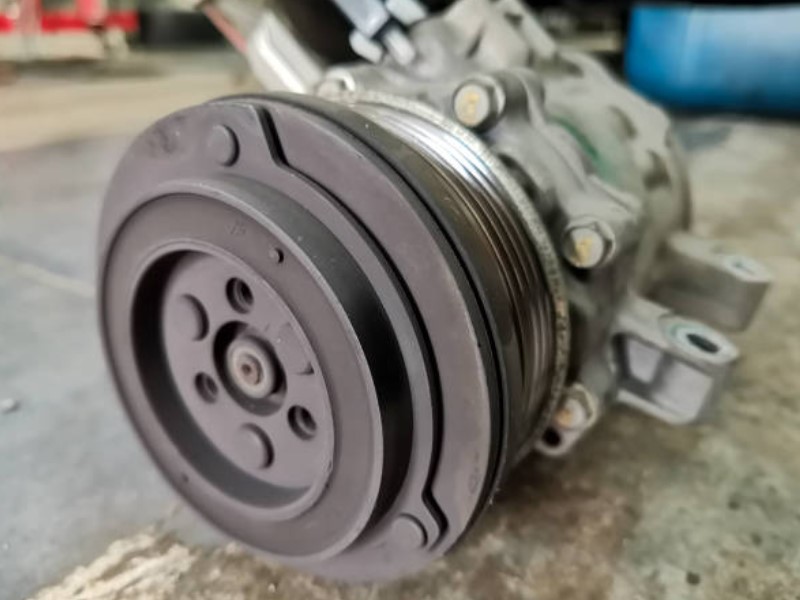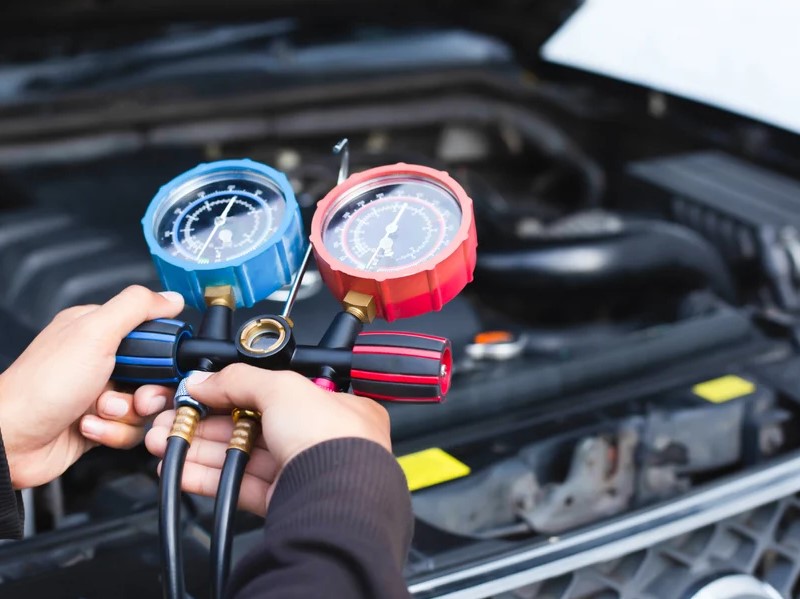What makes the car air conditioning work
Not all car components and auto parts are known. But we know one thing: when it’s hot and the air conditioning doesn’t work, we have a big problem. What we want to give today, therefore, is to tell you a little more about how air conditioning works and one of its lesser-known parts: the climate control compressor.
Table of Contents
What is an air conditioning compressor and how does it work?
The air conditioning compressor is an important component of an automotive air conditioning system. How does it work? It works by moving coolant through the system and regulating coolant pressure. The compressor is a critical component to the functioning of the air conditioning system and without it, the mechanism would not be able to produce fresh, conditioned air.

The operation of the air conditioning compressor is quite simple. The refrigerant is sucked in by the compressor and is compressed inside the machine, increasing its pressure and temperature. The hot refrigerant is then sent to the condenser, where it is cooled and turned into a liquid. The coolant is then sent to the evaporator, where it is vaporized and sent to the cabin of the car.
Compressor air conditioning is used in a variety of vehicles including cars, vans, trucks and light commercial vehicles. Compressor air conditioning is an essential component in ensuring comfort during car journeys, especially during the hot summer months.
Where is the air conditioning compressor located
The compressor is an accessible and visible component, but its exact location depends on the car make and model. In some cases, it may be necessary to remove certain engine components to gain access to the supercharger, such as the drive belt or engine cover. In general, the location of the compressor in the engine depends on the model and make of the car and can be verified by consulting the owner’s manual or by consulting a qualified mechanic.
If you are looking to replace the air conditioning compressor in your vehicle, you can find it at an auto parts dealer or specialist workshop. Make sure you buy the right air conditioning compressor for your vehicle, as there are different sizes and types of compressors that vary depending on the car model and make.

When replacing your air conditioning compressor, it’s important to follow the manufacturer’s instructions and use the proper tools to avoid damage to your car. In addition, it is important to clean and recharge the air conditioning system to ensure optimal operation of the new compressor.
We have therefore described in broad terms how it works but above all we understood that it is an essential component for the functioning of your car’s air conditioning system. With the right air conditioning compressor, you can enjoy a comfortable and cool ride at any time of the year.
When do we have to replace the air conditioning compressor
The air conditioning compressor should be replaced when it malfunctions or is damaged. Here are some signs that the part may need to be replaced or checked:

• The climate control system is not producing cool air: If the climate control system is not producing cool air, this could be a sign that the climate control compressor is malfunctioning or damaged.
• Abnormal noise during operation: If the air conditioning compressor makes abnormal noises, such as screeching or squealing, this could indicate that the compressor is not working properly and may need to be replaced.
• Refrigerant Leaks: If you notice a refrigerant leak, this may be caused by damage to the air conditioning compressor, which needs to be replaced.
• Frequent Failures: If the air conditioning compressor fails frequently or repeatedly, it may need to be replaced to ensure reliable and safe operation of the climate control system.
In general, it is recommended to replace the air conditioning compressor if the system does not produce cold air, if it produces abnormal noises, if there are refrigerant leaks or if it fails frequently. Keep in mind that replacing the air conditioning compressor requires technical skills and the use of special equipment, so there is no need to rely on tutorials or online or a manual but it is important to rely on a qualified professional who knows which part to change and where get your hands on, without risking damage to the engine or other cooling system components.









